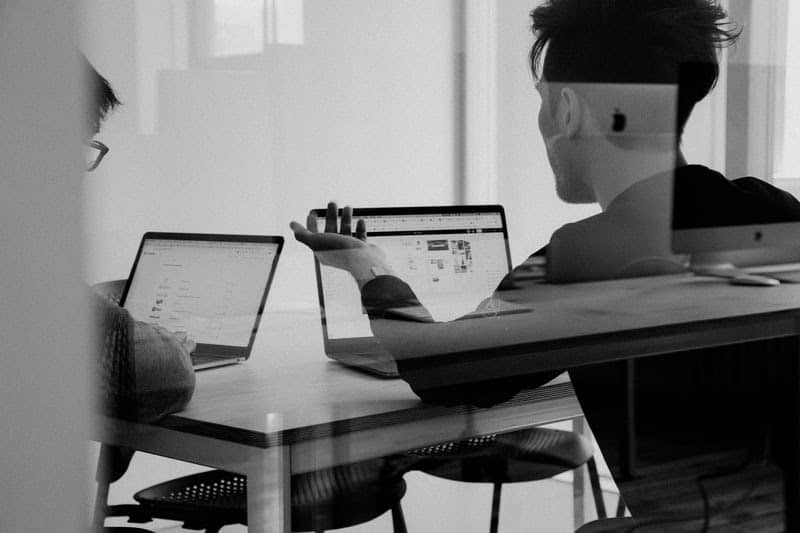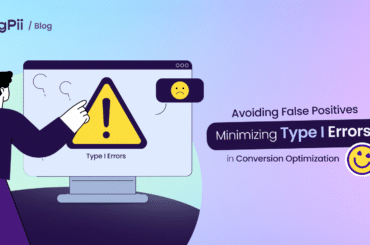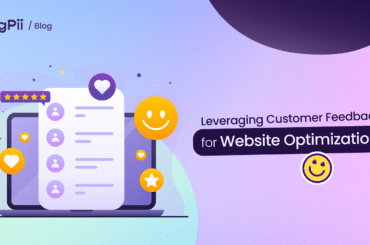I just can’t navigate this website, no errors pop up, no progress happens, nothing!
That was my experience using a platform that was recently launched, like a couple of months ago.
I really liked the product and I wanted to be an avid user of their platform, but the frustration got the best out of me.
I quit and never went back to this website again, it was unusable.
I never reached out to anyone on that product, because I felt like if they spent little time on their website, how is their customer support looking like?
It was an interesting finding, most people don’t come back if they had a terrible experience, and they don’t say.
I went back, took a look at our session recordings just to make sure that we don’t have any frustrating experience like this.
And so I wanted to discuss the relationship between session recordings and product usability.
What are session recordings, and how do they affect product usability
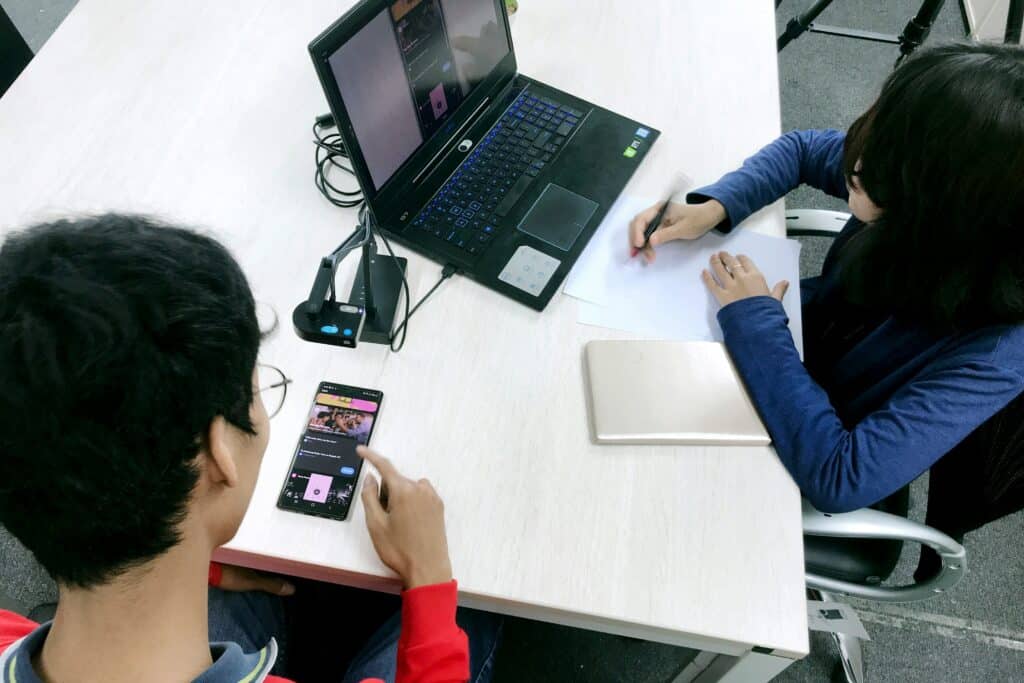
Photo by UX Indonesia on Unsplash
Session recording is a technique of capturing user actions on the web.
The page movements, scrolling, clicks, and key presses are recorded in a video file, which can be viewed later by product managers or designers.
This enables you to find out how users interact with your website or application without being physically present on their computers.
You can record a single session or several sessions, and you can define when to start recording, for example, after the first page is loaded.
However, it’s better to start recording as soon as the user opens your product (when possible).
This technique is similar to usability testing; instead of seeing how people use an actual site during a test, you watch them do exactly what they would normally do on their own computer.
Session recordings increase understanding of how customers perceive your product.
Especially when combined with other research techniques such as surveys, usability tests, card sorting, and expert reviews.
Session recordings show step-by-step how users interact with your website/application, which will help you improve its usability.
Video records and course playbacks are a great way to spot usability problems.
A better understanding of user’s expectations and priorities, identifying potential problems with your product.
You can uncover unmet needs and missing features that were not included in the product for different reasons, but from a user’s point of view, they are important.
Session recordings reveal your customers’ thought processes. You’ll see what parts of the product confuse them and which ones they understand easily.
Reviewing session recordings will help you to:
– identify possible issues with site navigation and menus;
– place relevant calls to action where users expect them most
– test new ideas on how to present information (tab layout or carousels) or new interactions (swipe gestures)
– spot pain points that affect the user’s overall experience and satisfaction – e.g., pages perceived as slow, scrolling that is
Another use of session recordings is for finding out about customers’ purchasing behavior.
This can be highly beneficial to companies with a transactional website or software application.
Companies considering user-generated content rather than professional product demonstrations need the same kind of information as those providing instructional videos and tutorials.
Session recordings will show exactly how real customers interact with your site, which may influence future product design decisions if confirmed by other research techniques such as surveys, usability tests, card sorting, and expert reviews.
The analysis of session recordings needs to be done by someone familiar with web analytics and personas, and you should view every single second of a video recording so nothing important is missed.
You’ll benefit from using this technique when you have a set of tasks you want to test a user with.
You can use session recordings to find usability issues or just to show how people interact with your product and identify areas for improvement.
One example would be when you watch customers struggle with a particular task; it’s time to ask whether the process is too complicated regarding customer requirements or just needs improvements in design.
You may also find some quick wins by removing unnecessary steps and focusing on what really matters: helping customers accomplish their goals.
Every website element should have a reason why it exists – if you find something irrelevant after watching users’ behavior, get rid of it!
Your goal is to make everything as simple as possible, which will help customers finish the task quickly and find the information they need.
User interface design needs constant improvements, even after it’s been launched, and this is the best way to achieve product usability.
What are the risks?
Start recording right after your users open your product or website if that’s possible – don’t wait for them to complete some task!
This will give you an idea of how people see your product without any unnecessary information, and you’ll also have a better chance of finding out about potential issues earlier rather than later.
However…there are a few things that can be problematic when using session recordings:
1) Recording might not show everything as it doesn’t capture mouse movements on scrollbars or links and captures only what happens on the screen, which is not always what someone is focusing on.
2) If you watch a bad recording, your product appears bad, so make sure to start collecting video right after the user opens up your site/application and make sure that it focuses on certain parts of how people use your product.
3) Products that rely on touchscreen usage won’t be easily analyzed using session recordings.
4) Video records are not ideal for testing social media applications as they tend to have a lot of mouse movements and scrolling going on, which will not show very much at all.
The practice of session-recording users while they interact with products is growing in popularity, but while this may seem intuitively appealing, there are several misconceptions about how this technique should actually be applied.
Making informed decisions based on actual behavior instead of intuition or guesses about how people will use it.

Photo by Javier Allegue Barros on Unsplash
Session recordings can be used on any platform – websites, apps and software.
There is no need to make changes in your product before watching how people use it but as a designer you must have access to either the code or the design files so that you can look at the screens and see what’s happening while watching someone using different parts of your site/application etc.
It’s important to identify potential problems early, which means removing unnecessary steps without making customers’ lives harder by taking away useful features.
If there are any issues with how people are interacting with your product – they will show up during session recordings (e.g., many abandoned shopping carts, low conversion rates, etc.).
Watching sessions helps you understand why users aren’t accomplishing the tasks you want them to and give you insights into why they are not coming back.
It’s worth watching multiple videos of your users completing different tasks as every user is different, so you’ll need more data points to learn how successful people are at using your product/platform, etc.
Watching sessions can be used in a variety of situations, for example:
- Test existing products, design features, or validate designs.
A recording allows us to see what real customers do in their own environment when they come across a new feature or interface element – which means there will be no surprises upon launch!
To get started with session recordings, aim to watch more than just one video for each task. Watching several recordings eliminates individual quirks and highlights patterns in people’s behavior.
If you want to get even more granular data, create a list of tasks for your users to complete and watch several videos of each task.
This way, you’ll see how different customers approach the same thing and what factors influence their performance (e.g., if it was easy or difficult).
Session recording advantages and disadvantages for product usability improvement
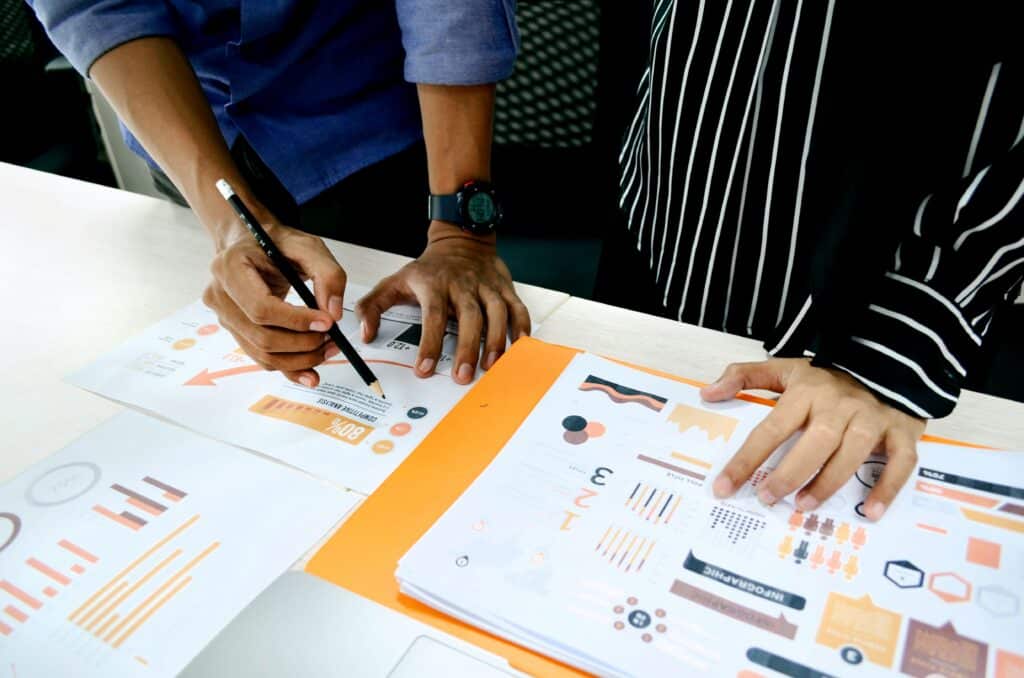
Photo by UX Indonesia on Unsplash
Advantages:
– Understanding how users interact with your product without being physically present on their computer.
- Allowing you to improve the user interface of your product by finding out what works well and what doesn’t work well (usability issues).
- You can see everything the user does when interacting with your website/application, so you don’t miss anything.
- Users are not embarrassed when they know they’re being recorded – this makes recording sessions less intrusive than other research techniques, such as card sorting or surveys.
- It provides a lot of detailed information about how users use the application/website, which is difficult to obtain in other ways.
- Collecting data that would be very hard or impossible to collect using another research method (for example, when the user is not aware of the study).
Disadvantages:
- Recording sessions can take a long time and require a lot of preparation – you have to create test cases, screens, etc. (user stories).
- Can cause fatigue after too many recordings (depends on how often users are tested).
- Users might change their behavior because they know they’re being recorded, which will affect your usability tests.
- It’s expensive compared to other research techniques, such as card sorting or surveys.
- It’s impossible to ask users follow-up questions because they’re not physically present on their computers.
- It takes time to learn how to use session recording software, and it can be difficult at first if you don’t have any experience with video editing or presentation software.
Conclusion
Not all products are built alike; a big part is product usability.
Understanding your users’ behavior is as essential as building the product itself.
Making an informed decision depends on having the right information about your users.
But nothing comes without its pros and cons, and while session recording pros outweigh its cons, you might see otherwise.
In all cases, we shared our thought process about product usability and session recording with you.
But now we want to ask you, is your product usability good?
Do you know your customers well?

